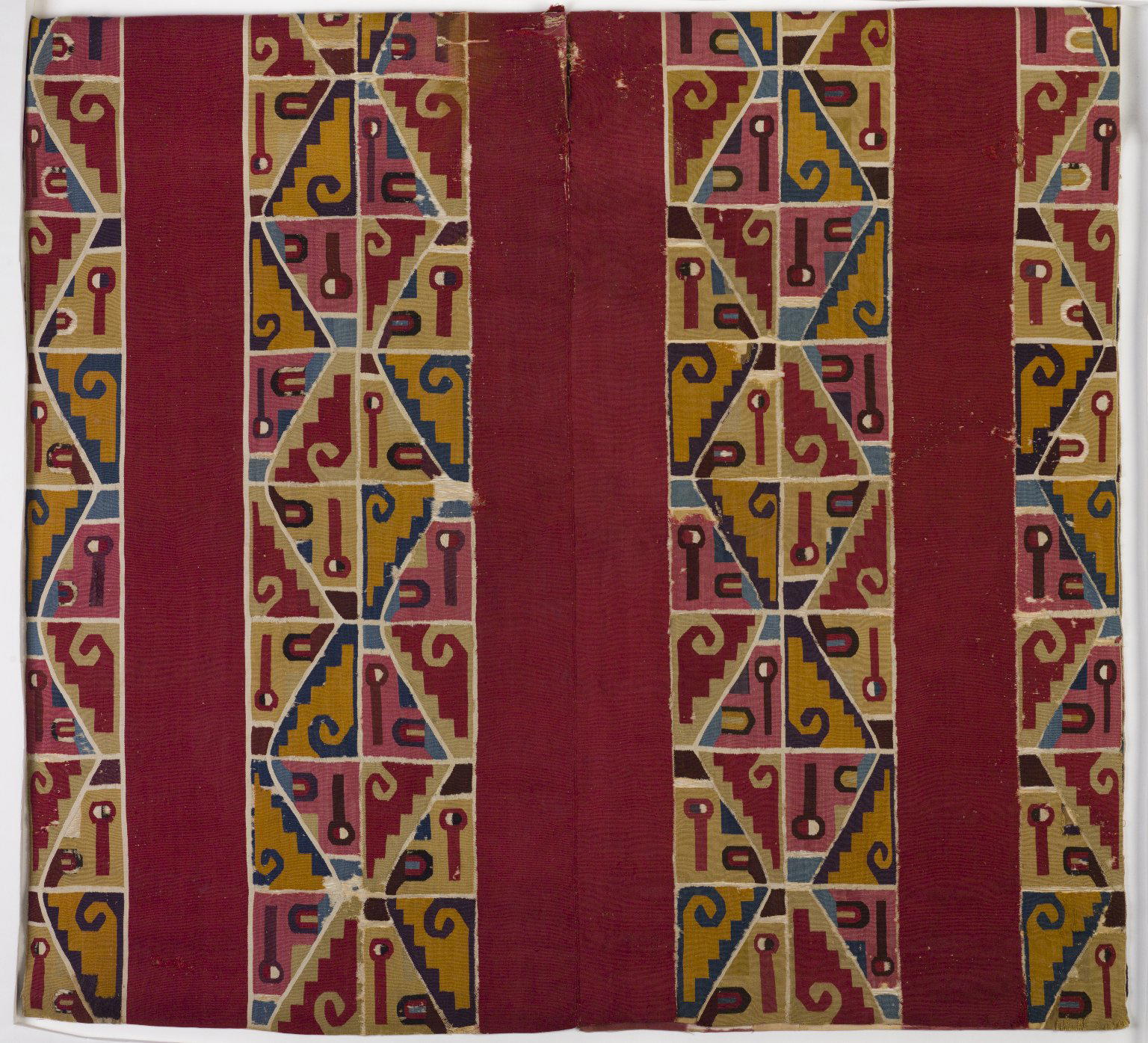Tunic
Wari

Caption
Wari. Tunic, 600–1000. Cotton, camelid fiber, 39 x 41 5/16 in. (99.1 x 104.9 cm). Brooklyn Museum, Gift of the Ernest Erickson Foundation, Inc., 86.224.144.
Gallery
Not on view
Collection
Gallery
Not on view
Collection
Culture
Title
Tunic
Date
600–1000
Period
Middle Horizon Period
Geography
Place made: South Highlands, Peru
Medium
Cotton, camelid fiber
Classification
Dimensions
39 x 41 5/16 in. (99.1 x 104.9 cm)
Credit Line
Gift of the Ernest Erickson Foundation, Inc.
Accession Number
86.224.144
Have information?
Have information about an artwork? Contact us at